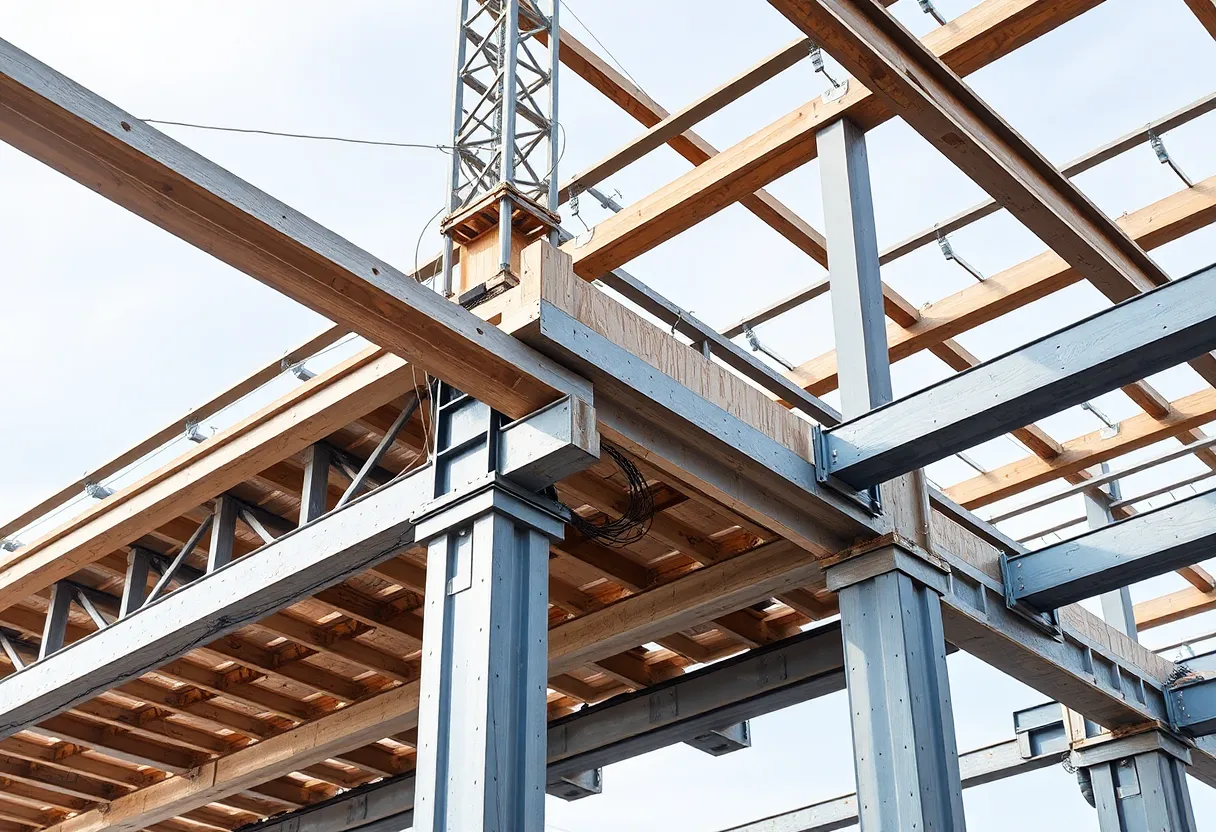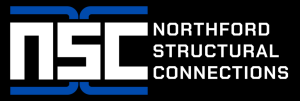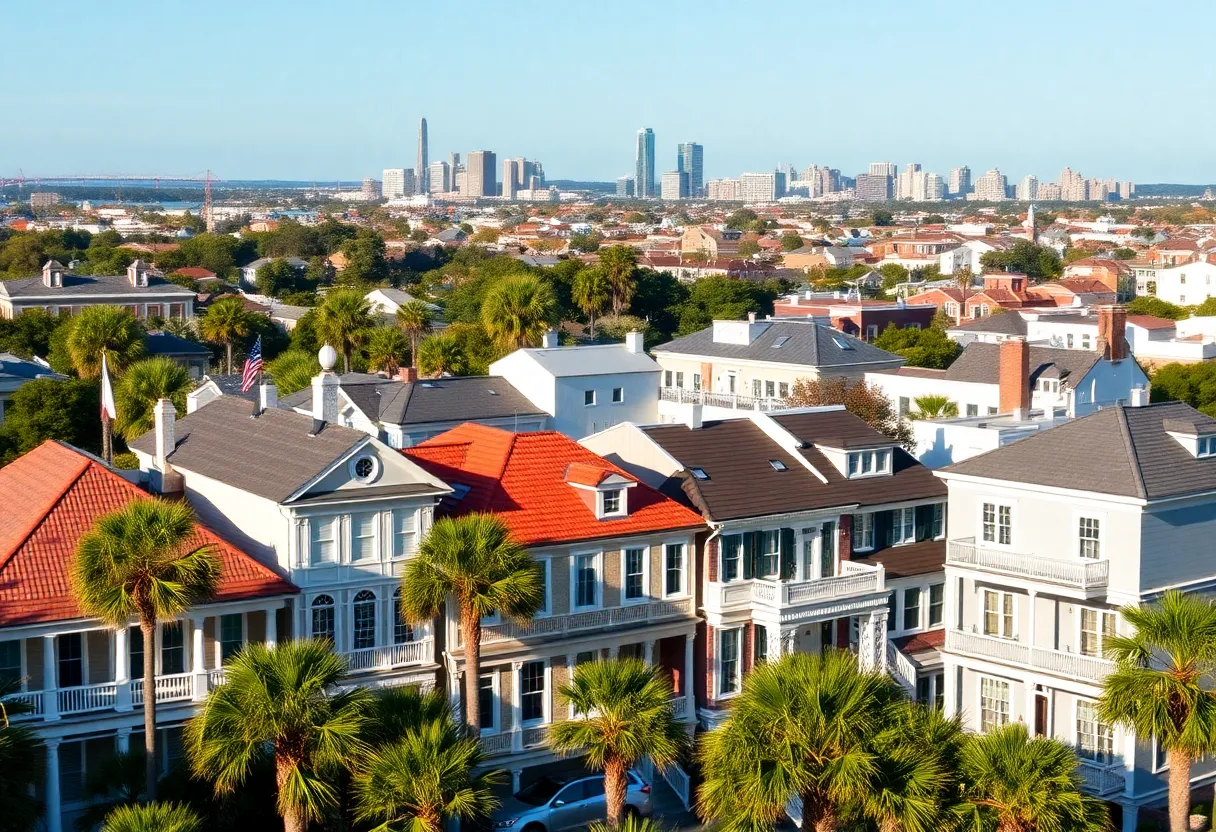The Environmental Impact of Durable Structural Connections
As society progresses, the built environment faces increasing scrutiny regarding its environmental impact. One critical aspect frequently discussed is the nature of structural connections used in construction. Durable connections, specifically the Durable Tension Fracture Connections (DTFC), stand out as an innovative solution that not only enhances structural integrity but also minimizes ecological harm. This article delves into the various ways durable connections influence environmental sustainability in construction.
Understanding Durable Connections
Durable connections refer to advanced systems designed to create robust links between structural elements. They reduce wear and tear while ensuring longevity. DTFC, in particular, employs high-efficiency materials and specialized design techniques to withstand demanding conditions. These connections offer crucial benefits, including improved load distribution, reduced maintenance, and extended building lifespan.
The Role of DTFC in Sustainability
When evaluating the environmental impact of building methods, sustainable practices emerge as a focal point. DTFC plays a pivotal role in this context through several mechanisms:
- Material Efficiency: DTFC reduces the quantity of raw materials required. The ability to distribute forces effectively diminishes the need for oversized elements.
- Energy Savings: By extending the lifespan of buildings, DTFC minimizes the frequency of renovations and upgrades. This results in lower energy consumption over the lifecycle of the structure.
- Waste Reduction: Durable connections contribute to less construction waste. When buildings do not require frequent repairs or replacements, the volume of discarded materials decreases significantly.
Lifecycle Assessment of Durable Connections
The environmental impact of a construction technique can be best understood through lifecycle assessment (LCA). This method analyzes the total ecological footprint from raw material extraction to demolition.
Raw Material Extraction
DTFC utilizes materials that are sourced responsibly. For example, steel connections can be derived from recycled materials. This recycles valuable resources and reduces emissions associated with extraction processes.
Manufacturing
Manufacturing durable connections generally demands less energy compared to traditional methods. The advanced fabrication technologies used in DTFC streamline production workflows, enhancing efficiency and reducing carbon outputs.
Use Phase
During the use phase, the advantages of durability become evident. Buildings using DTFC experience fewer failures and thus require less frequent repairs. This stability lowers energy needs for heating, cooling, and lighting, contributing to overall sustainability.
End-of-Life Considerations
At the conclusion of a structure’s life, DTFC connections facilitate easier disassembly, promoting salvaging and recycling. This feature drastically lessens landfill contributions, promoting a circular economy.
Comparison with Conventional Connections
When assessing the environmental impact of durable connections compared to conventional connections, several critical differentiators emerge:
Material Waste Comparison
Traditional connections often necessitate excess materials to ensure structural soundness, resulting in higher waste levels. In contrast, DTFC leverages its advanced design to minimize material use without compromising integrity.
Energy Efficiency
Buildings utilizing conventional connections frequently exhibit higher energy demands. Their susceptibility to damage or inefficiencies can inflate operational costs. In contrast, DTFC systems maintain energy efficiency throughout their lifespan.
Carbon Footprint
Finally, the entire lifecycle carbon footprint of durable connections is substantially lower than that of their conventional counterparts. This reduction comes from minimized energy use in manufacturing, prolonged use phases, and efficient demolition practices.
Case Studies Demonstrating Environmental Benefits
Numerous case studies validate the advantages of DTFC and other durable connections in real-world scenarios:
Case Study 1: Sustainable High-Rise Building
A recent high-rise structure in a major city employed DTFC to enhance its resilience against weather extremes. The building achieved a 30% reduction in material usage compared to conventional designs and minimized lifetime energy costs by 25%. This translates into significant savings in operational energy.
Case Study 2: Industrial Warehouse Upgrade
In a major industrial facility, the transition to durable connections led to a drastic reduction in maintenance interruptions. By utilizing DTFC, the company reported a 40% decrease in the required maintenance labor force, highlighting both economic and environmental gains.
The Role of Regulations and Standards
The shift toward durable connections also aligns with governmental regulations designed to enhance sustainability and combat climate change. New building codes increasingly emphasize the importance of longevity, recyclability, and reduced waste.
Building Certifications
Many certifications, such as LEED (Leadership in Energy and Environmental Design), reward the incorporation of rated sustainable building practices. Structures that engage durable connections often score higher due to their inherent environmental benefits.
Incorporating Durable Connections into Design Practices
Architects and engineers considering durable connections should focus on integrating these advanced designs into early project stages:
- Design Optimization: Leverage modeling software to analyze how DTFC can be effectively integrated into the structural framework.
- Collaboration: Encourage discussions among architects, engineers, and environmental consultants to identify the most sustainable materials and practices.
- Education: Continuous professional development on durable connection technologies is essential for industry professionals to stay informed.
Conclusion
Durable structural connections, particularly the Durable Tension Fracture Connections (DTFC), offer profound benefits when considering the environmental impact of construction. By optimizing material use, enhancing energy efficiency, and promoting recyclability, DTFC illustrates a path toward a more sustainable built environment. As the industry embraces such innovations, future projects are poised to achieve significant advancements in reducing ecological footprints.
Author: STAFF HERE CHARLESTON
The CHARLESTON STAFF WRITER represents the experienced team at HEREcharleston.com, your go-to source for actionable local news and information in Charleston, Charleston County, and beyond. Specializing in "news you can use," we cover essential topics like product reviews for personal and business needs, local business directories, politics, real estate trends, neighborhood insights, and state news affecting the area—with deep expertise drawn from years of dedicated reporting and strong community input, including local press releases and business updates. We deliver top reporting on high-value events such as the Spoleto Festival USA, Charleston Wine + Food Festival, and the MOJA Festival. Our coverage extends to key organizations like the Charleston Metro Chamber of Commerce and the Charleston Museum, plus leading businesses in tourism and maritime industries that power the local economy such as South Carolina Ports Authority and the Charleston Visitor Center. As part of the broader HERE network, including HEREaiken.com, HEREbeaufort.com, HEREchapin.com, HEREcharleston.com, HEREclinton.com, HEREcolumbia.com, HEREgeorgetown.com, HEREgreenwood.com, HEREgreenville.com, HEREhiltonhead.com, HEREirmo.com, HEREmyrtlebeach.com, HEREnewberry.com, HERErockhill.com, HEREspartanburg.com, HEREaustin.com, HEREcollegestation.com, HEREdallas.com, HEREhouston.com, and HEREsanantonio.com, we provide comprehensive, credible insights into South Carolina's dynamic landscape.







